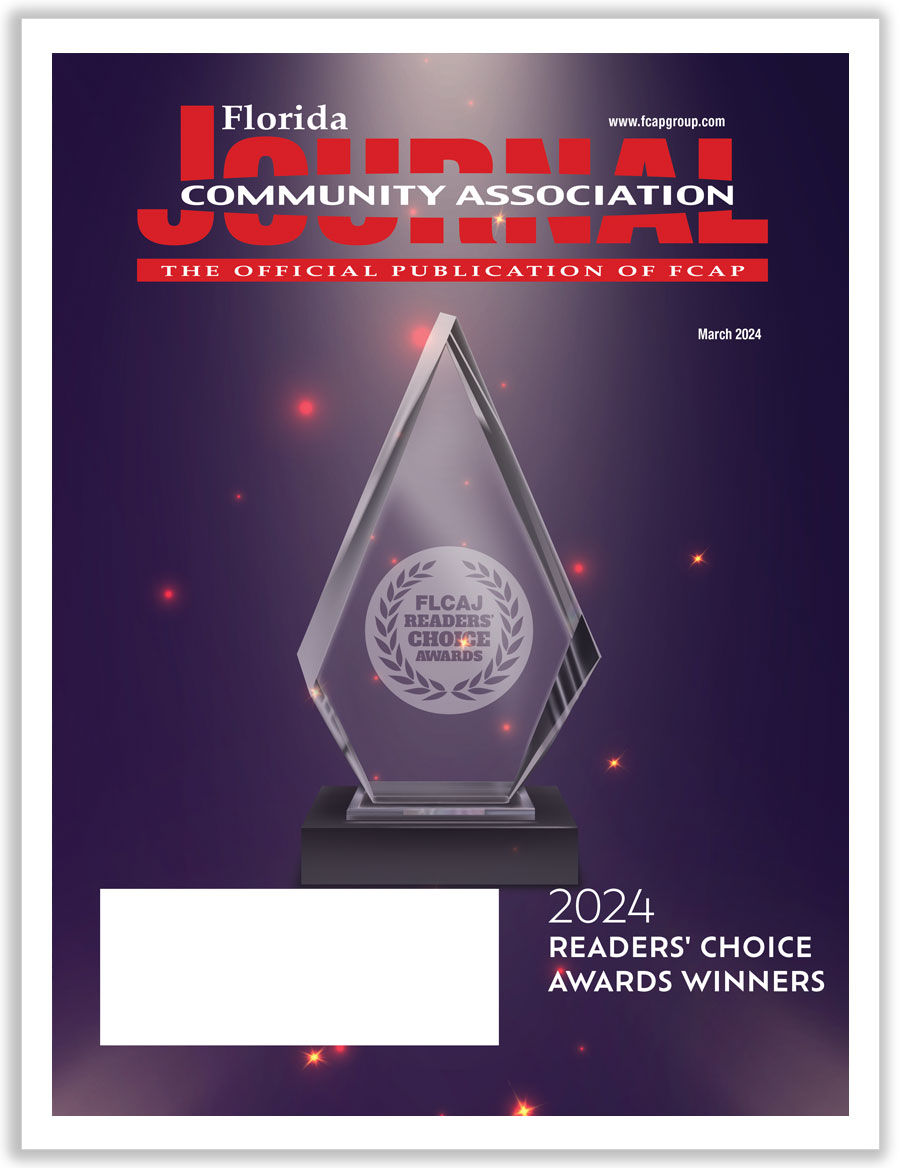
Don’t Let Time Run Out
By Barry Ansbacher / Published December 2019

Associations are responsible for maintaining and operating their common areas. Though typically covered by operating budgets and reserves, unexpected defective construction work and resulting damage often pose unanticipated and significant financial challenges to many associations.
Construction defects can arise from negligence in the original construction or from faulty repairs. Regardless, the financial impact on an association and its members can run into millions of dollars. Unless the at-fault parties are held accountable for their defective work, the members will face the burden of reduced property values, excess operational costs, and special assessments.
Fortunately, Florida law holds developers, builders, and even subcontractors responsible for construction defects. Claims may be brought to enforce the statutory condominium warranties under s. 718.203, Florida Statutes, for damages due to violations of the Florida Building Code, or for breach of contract. Condominium and homeowner associations have the ability to bring claims for defects to the common elements and for defects affecting members’ homes. If successful, the at-fault parties can be held responsible for the damages, relieving the association and its members of an otherwise crushing burden—but, only if the claims are brought in time.
Florida law has strict requirements on the time to bring a claim for construction defects. Construction claims are governed by s. 95.11(3)(c), Florida Statutes.
If the defect is patent or obvious, the lawsuit must be filed within four years after “actual possession” by the owner, completion of the construction contract, or the issuance of a certificate of occupancy. The clock starts after the last of three triggering events.
More commonly, construction defects are hidden from plain view. Paints, finishes, and veneers, such as stucco, conceal underlying conditions until the damage manifests. The time to bring a claim for these latent conditions is also four years but beginning from the date the conditions are discovered.
The four-year limitations period also runs from the date that the association “should have” discovered the defects with reasonable diligence. For example, if there are known roof leaks, the association must not only make necessary repairs but also investigate the underlying cause; the time to assert a claim commences once the association is “on notice” that there is a problem. This is important because often associations focus only on the immediate problem and, once this is addressed, fail to make a full and complete investigation. The result is that when the “repair” is later discovered to be only a temporary solution to a systemic and expensive problem, it may be too late to hold the at-fault parties accountable.
In addition to the limitations period, Florida also has a statute of repose. Unlike limitations periods, the repose period cuts off claims for defects that are completely hidden and not even known to exist. The repose period expires ten years after “actual possession” by the owner, completion of the construction contract, or the issuance of a certificate of occupancy.
There are some exceptions to these harsh rules, and before assuming that time has expired, the board and manager should always consult with an attorney experienced in handling construction claims. An important exception is s. 718.124, Florida Statutes, which provides that the limitations period applicable to condominiums does not start to run until after turnover. There are additional exceptions that apply to claims brought by owners or homeowner associations.
Whether a claim is extinguished by the statute of limitations or repose, the effect is the same. Those responsible pay nothing. However, the defects don’t go away, and the association and it’s members are left with the bills.
How can directors and managers protect their community? The best course is to engage an experienced construction lawyer immediately after turnover. A thorough investigation of the property should be performed by engineers working with the association’s attorneys. Num-erous cases have proven that it is not sufficient to rely upon the turnover condition report provided by the condominium developer. The applicable limitations and repose dates should be calendared to ensure that any claims that are warranted are filed in time.
The same procedures should be followed for major work performed for the association after turnover. For example, roofs should be inspected approximately three years after installation to assure no defects are present and to assure adequate time to pursue claims if any concerns are discovered.
Sleeping dogs may make good household companions, but they do not have to sleep at your project.
Barry B. Ansbacher
Managing Shareholder, Ansbacher Law
Barry B. Ansbacher is the managing shareholder of Ansbacher Law in Jacksonville, FL, where his practice areas include commercial and residential construction, real estate development, condominium and association law, and civil litigation. Mr. Ansbacher is the only attorney in Florida recognized by the Florida Bar as a Board Certified Specialist in Real Estate Law (since 1995), Construction Law (since 2010), and Condominium & Planned Development Law (since 2018). Mr. Ansbacher is experienced in successfully prosecuting and defending civil disputes in arbitration, at court, and in jury trial. In 2017 he obtained a judgment, after jury trial, in excess of 12 million dollars against the nation’s largest homebuilder.
For more information, visit www.ansbacher.net.




